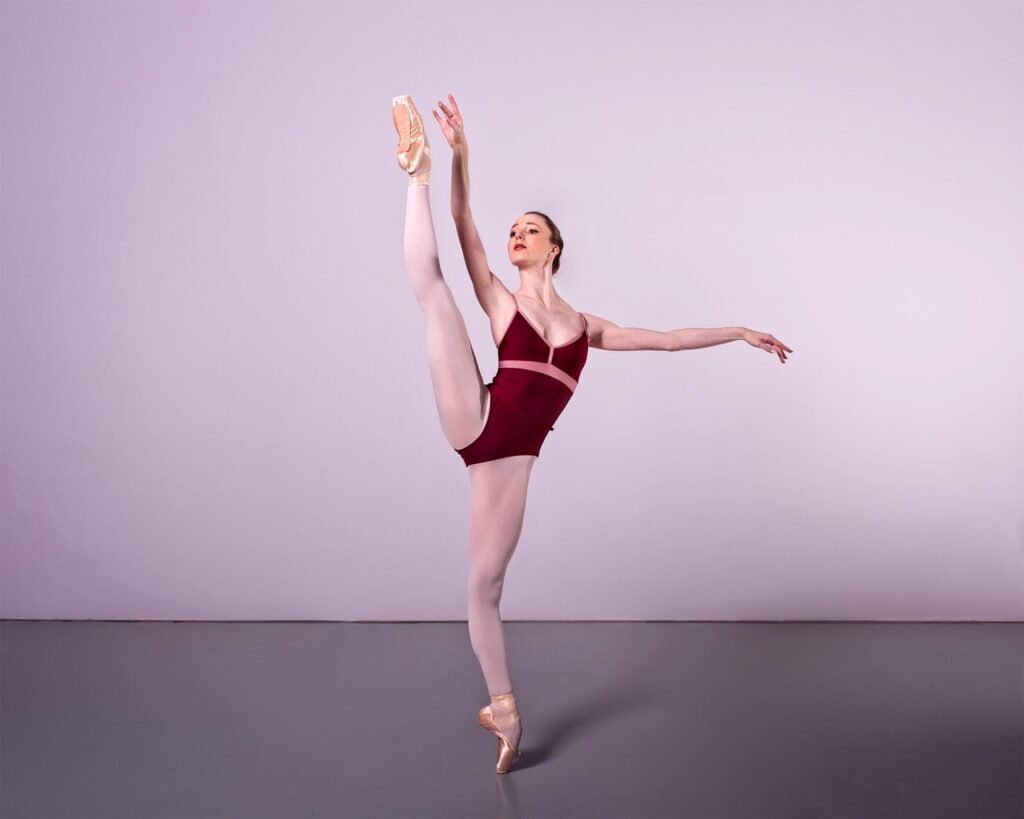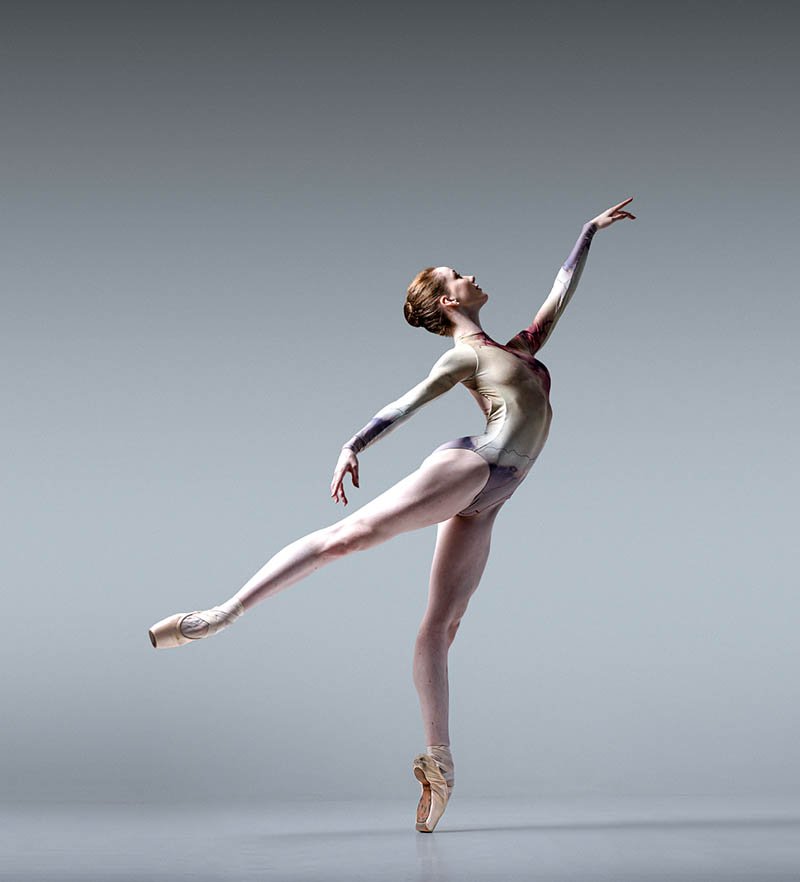Elise Smith started out her ballet training at her local dance school learning many forms of dance.  She became passionate about ballet and moved on to more focused ballet training at the London Russian Ballet School; private tuition with Mary Goodhew (former Artistic Director of Elmhurst Ballet School and Legat Ballet in London); with the Vaganova Academy in Mikelli, Finland; with the Hochschule für Musik und Theatre München in Germany; and completed her training at the European School of Ballet under the direction of former artstic director of Les Ballets de Monte Carlo, Jean Yves Esquerre.
She became passionate about ballet and moved on to more focused ballet training at the London Russian Ballet School; private tuition with Mary Goodhew (former Artistic Director of Elmhurst Ballet School and Legat Ballet in London); with the Vaganova Academy in Mikelli, Finland; with the Hochschule für Musik und Theatre München in Germany; and completed her training at the European School of Ballet under the direction of former artstic director of Les Ballets de Monte Carlo, Jean Yves Esquerre.
While training in Munich, she performed with the Bayerisches Staatsballett and at the Reaktorhalle where she danced ‘nymphs’ from Walpurgisnacht. Despite the challenges of the Covid pandemic, Elise graduated with a Bachelor of Arts and a B2 in German in 2021. She then moved to Amsterdam where she was fortunate to have the opportunity to work with Goye Montero (Staatstheater Nuremberg), Maina Gelgud (Bejart Ballet), Olga Evreinoff (Royal Ballet) Dina Bjorn and Erik Bruhn (Royal Danish Ballet).
Upon being offered a soloist contract with the National Theatre of Slovakia (Kosiče), Elise moved East to Slovakia. During her tenure as a professional ballet dancer, she performed over 20 ballets, ranging from classics like Swan Lake and Romeo and Juliet to national productions of Rodna Zem.  She treasured her time working with choreographers such as Jiri Bubenicek (Der Proces) and Akram Khan (Kaash and Dust). After a torn ligament in her ankle prevented her from continuing, she moved back to London and began working as a ballet teacher, hoping to give back to an industry that had given her so much.
She treasured her time working with choreographers such as Jiri Bubenicek (Der Proces) and Akram Khan (Kaash and Dust). After a torn ligament in her ankle prevented her from continuing, she moved back to London and began working as a ballet teacher, hoping to give back to an industry that had given her so much.
Elise’s experience with the complications from her ankle injury have inspired her to gain qualifications to teach Progressing Ballet Technique and to be a physical trainer. She continues to expand her knowledge of the human body by exploring strengthening techniques, discovering the wonders of progressive overload and the body’s ability to heal through soft tissue adaptability. Her goal is to guide and facilitate autonomy and adherence so that her ballet students have the knowledge and know-how to develop their skills safely in and outside of the classroom. She doesn’t believe in a one-size-fits all approach. Her exercises encourage students to adapt their movement according to their proportions, physical limitations and ranges of movement. Elise emphasizes encouraging strength, self-respect and accountability, helping to build a community of healthy and passionate dancers.
